
The world inside prison walls is a unique society with its own codes, rules, and language. Among the most powerful symbols in this subculture are prison tattoos. These tattoos go beyond simple body art—they communicate affiliation, rank, personal history, and even the nature of one’s criminal activities. For correctional officers and others who work within the prison system, understanding the meanings behind these tattoos can provide valuable insights and help maintain order. Let’s take a closer look at some of the most common prison tattoos and their meanings.
1. The 1488 Tattoo: Symbol of White Supremacy
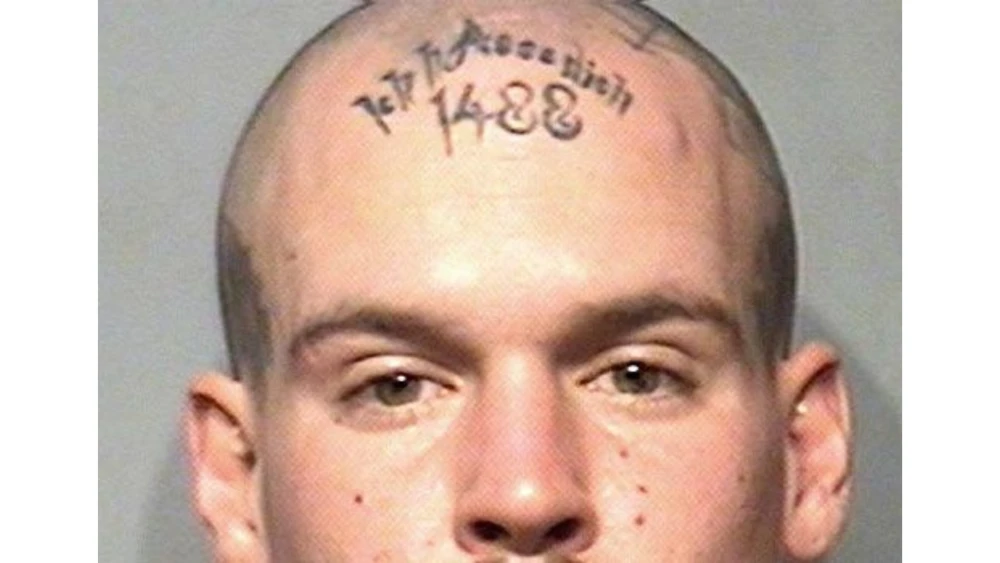
The 1488 tattoo is a notorious symbol associated with white supremacist beliefs. The number 14 represents the 14 words from a quote by Nazi leader David Lane: “We must secure the existence of our people and a future for white children.” The number 88 stands for “Heil Hitler,” as “H” is the eighth letter of the alphabet. Together, they represent an allegiance to white nationalist ideologies and mark the wearer as a potential threat in prison.
2. The Cobweb Tattoo: A Mark of Imprisonment
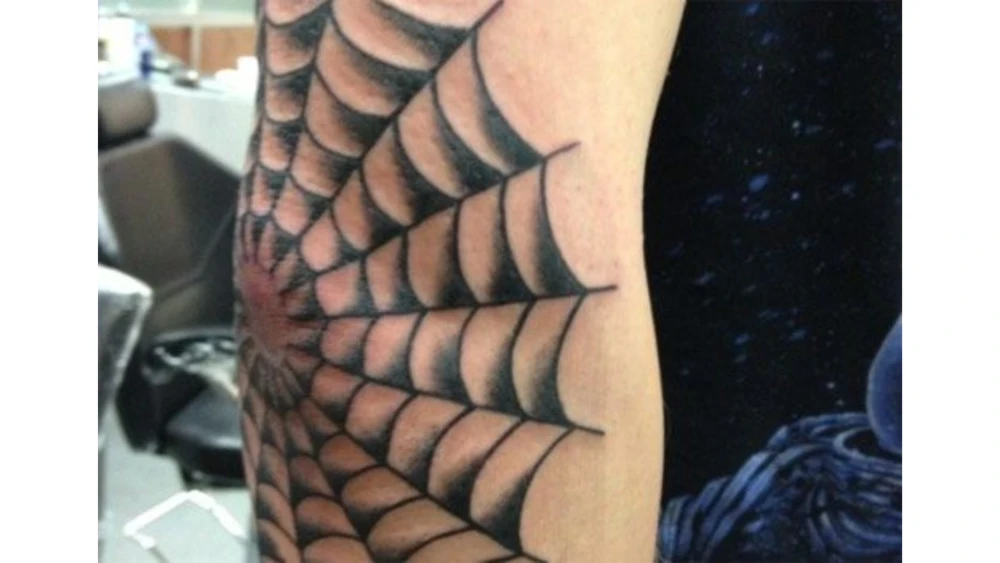
Cobweb tattoos are often seen on the elbows of inmates and symbolize a lengthy period of incarceration. Just as a cobweb grows in a corner and is a sign of neglect, this tattoo signifies the inmate’s entrapment within the prison system. For some, it’s a mark of survival after a long sentence; for others, it’s a reminder of time spent in a confined space, unable to escape.
3. The Teardrop Tattoo: A Symbol of Violence or Loss
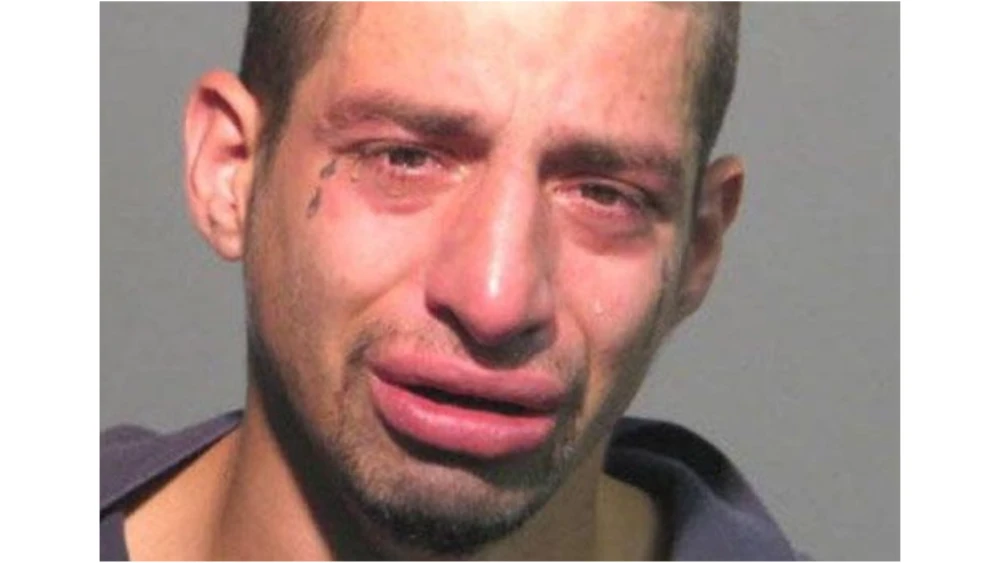
Perhaps one of the most recognized prison tattoos, the teardrop tattoo can have several meanings depending on the inmate’s background. In some cases, it represents the loss of a friend or fellow gang member. In other instances, it symbolizes a crime of violence, possibly even murder, that the wearer committed. Understanding these differences is essential for identifying potential risk factors among inmates.
4. The Five-Point Crown: Latin Kings Affiliation
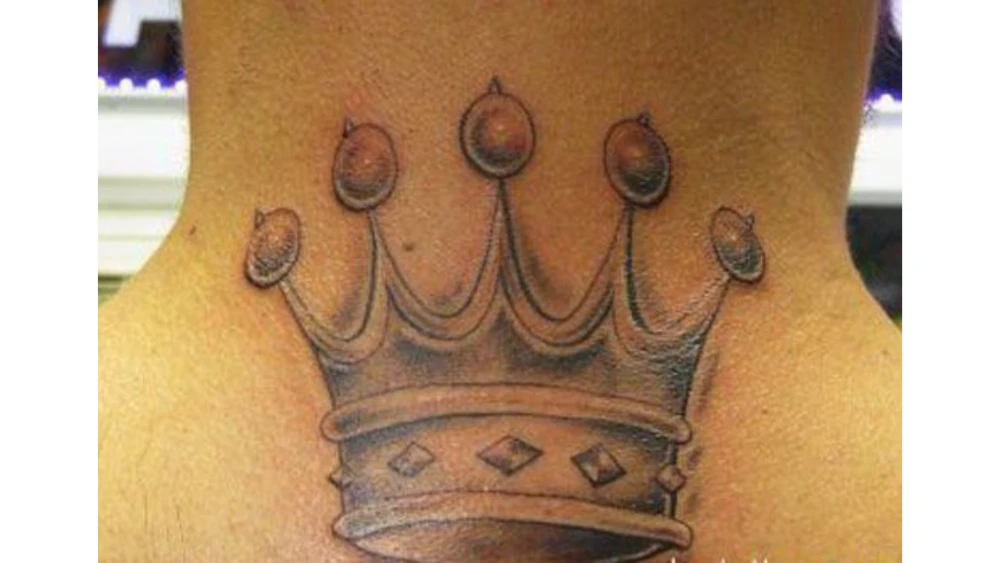
The five-point crown tattoo is often associated with the Latin Kings, a prominent Hispanic gang in the United States. This tattoo signifies loyalty to the gang and is usually accompanied by the acronym ALKN (Almighty Latin King Nation). For correctional officers, recognizing this symbol is crucial, as it identifies gang members and helps prevent inter-gang conflicts within the prison environment.
5. Three Dots Tattoo: “Mi Vida Loca”
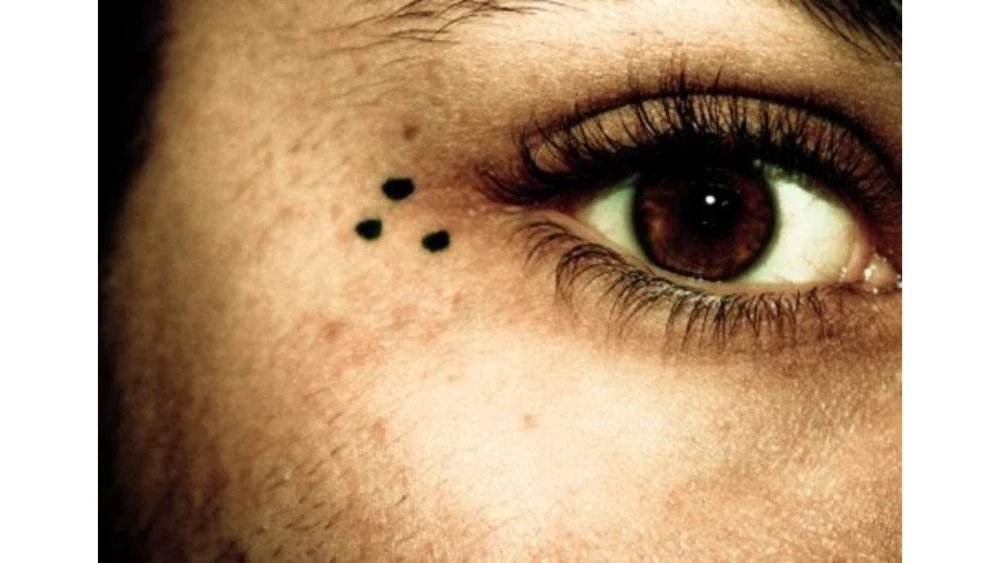
The three dots tattoo, representing “Mi Vida Loca” (My Crazy Life), is a common symbol among inmates. It doesn’t necessarily indicate gang affiliation, but it does reflect a chaotic lifestyle associated with criminal activities. This tattoo is often found on the hands or around the eyes, marking the individual as someone who embraces the risks and unpredictability of a life lived on the edge.
6. Clock Without Hands: Lost Time
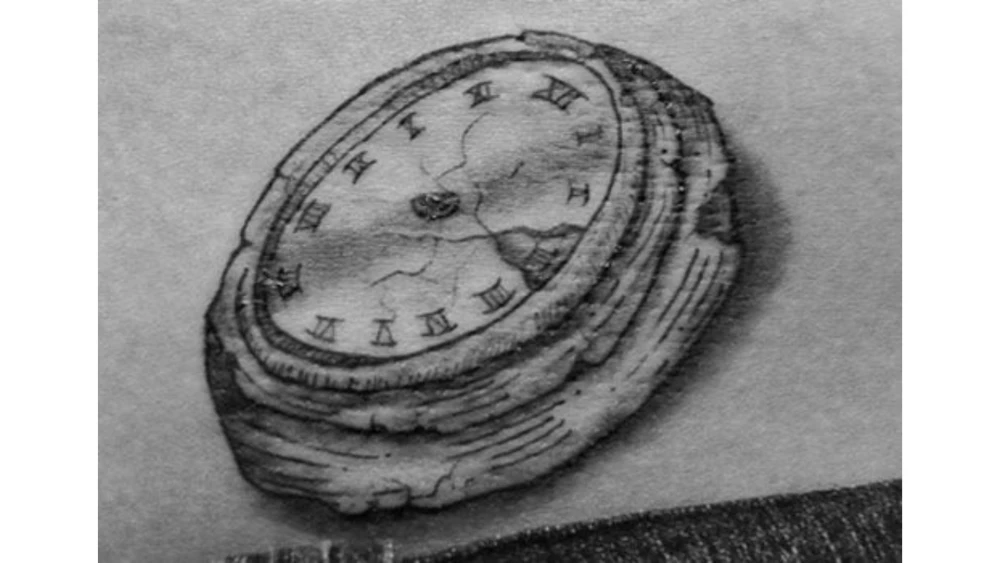
A clock without hands is a powerful metaphor for time spent behind bars. This tattoo often signifies that the wearer is serving a long sentence, or that they feel they have lost control over time. It’s a stark reminder of the hours, days, and years spent within prison walls, with little hope of freedom or normalcy.
7. Aryan Brotherhood Tattoos: Symbols of Hate
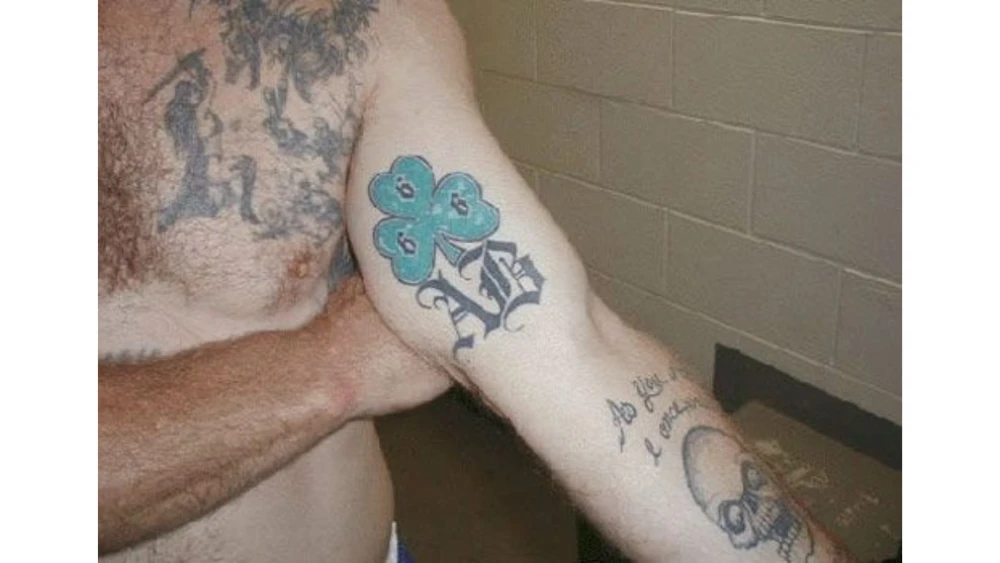
Members of the Aryan Brotherhood, a notorious white supremacist gang, often have tattoos that signify their allegiance. Common symbols include swastikas, SS bolts, and other racist iconography. Recognizing these symbols is essential for prison staff, as members of the Aryan Brotherhood are known for violent behavior and racial hostility within prison environments.
8. Norteño Tattoos: Northern California Gangs
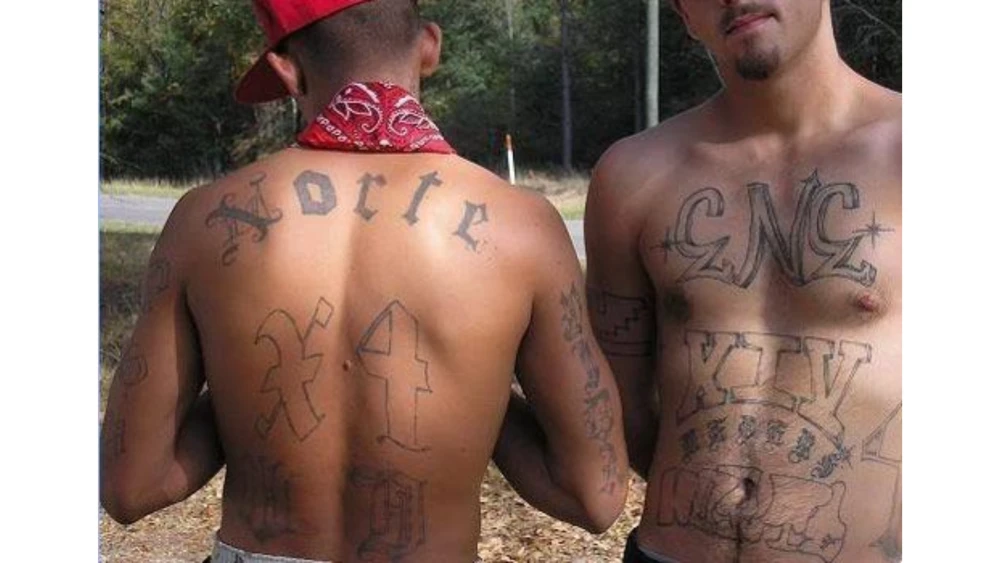
Norteño tattoos are affiliated with Hispanic gangs in Northern California, particularly the Nuestra Familia gang. The number 14 is a common symbol, as “N” is the 14th letter of the alphabet, representing “Norte” or “North.” Norteño tattoos can help correctional officers distinguish between rival gang members and prevent potential conflicts.
9. La Eme Tattoos: The Mexican Mafia
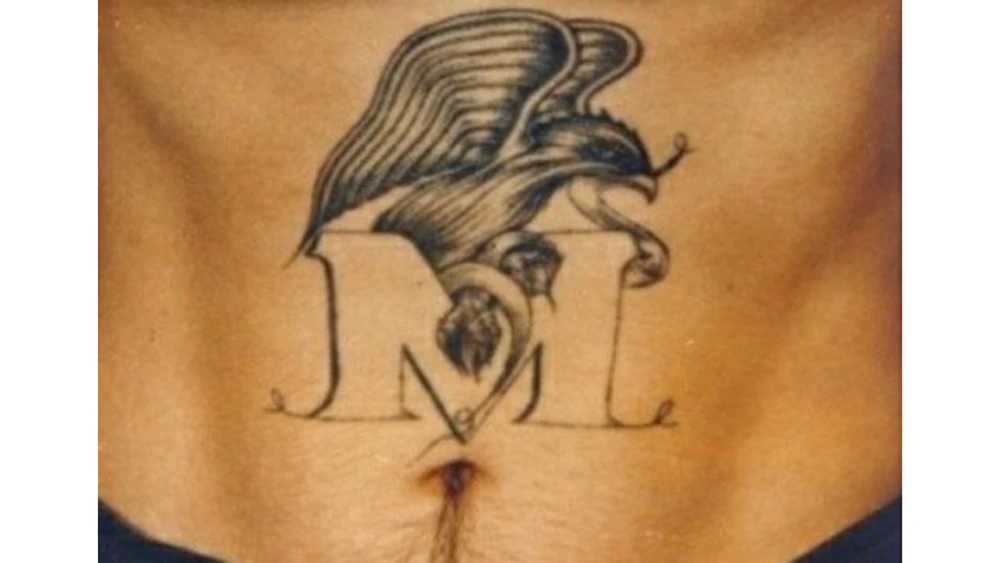
The Mexican Mafia, also known as La Eme, wields significant influence in both the prison system and the streets. Members often bear tattoos featuring the letter “M,” and other symbols associated with the gang. Recognizing these tattoos is vital, as La Eme is involved in drug trafficking, extortion, and other criminal enterprises within prison facilities.
10. MS 13 Tattoos: Ruthless Criminality
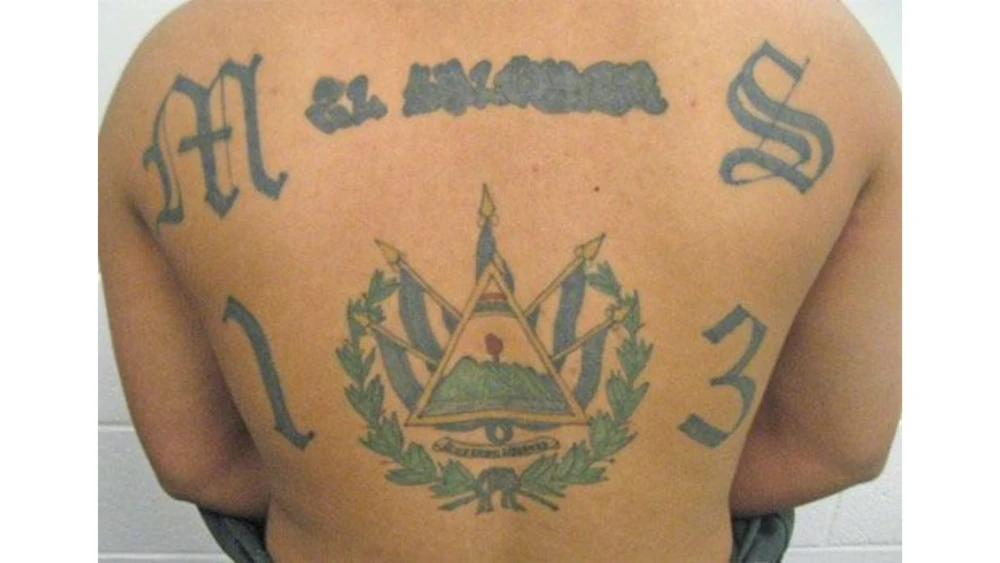
MS 13, a violent gang that originated in El Salvador, is infamous for its brutal criminal activities. Tattoos with “MS” or “13” are clear indicators of gang membership. These tattoos are often highly visible, marking the wearer as a member of one of the most feared gangs in the prison system.
11. Playing Cards: Symbol of a Gambler
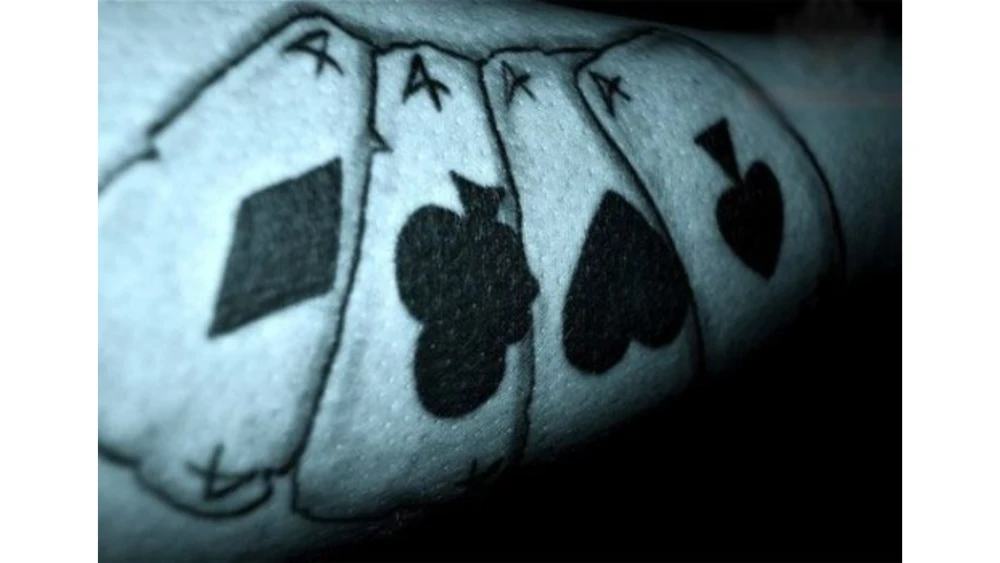
Playing card tattoos are popular among inmates and often signify a love of gambling. Beyond this, they can symbolize a willingness to take risks, embrace the unpredictable, and live on the edge. Suits like spades and clubs are particularly common, each carrying its own associations within prison culture.
12. EWMN Tattoo: Aggressive Stance
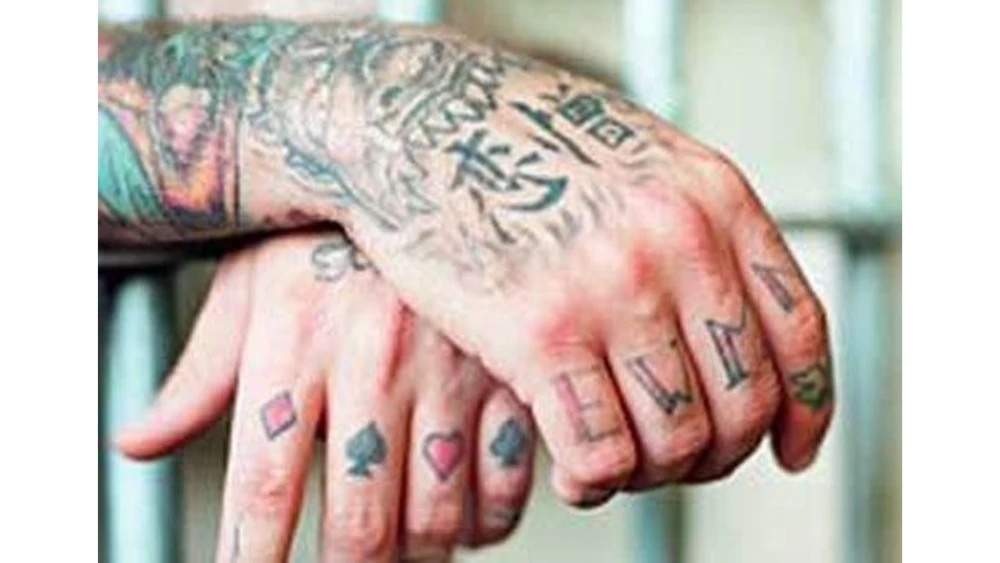
The acronym EWMN, meaning “Evil, Wicked, Mean, Nasty,” is commonly tattooed on inmates who want to convey a sense of hostility and aggression. Found on knuckles or forearms, it signals a confrontational attitude and warns others to approach with caution.
13. Chest Cross Tattoo: Criminal Authority in Russian Prisons
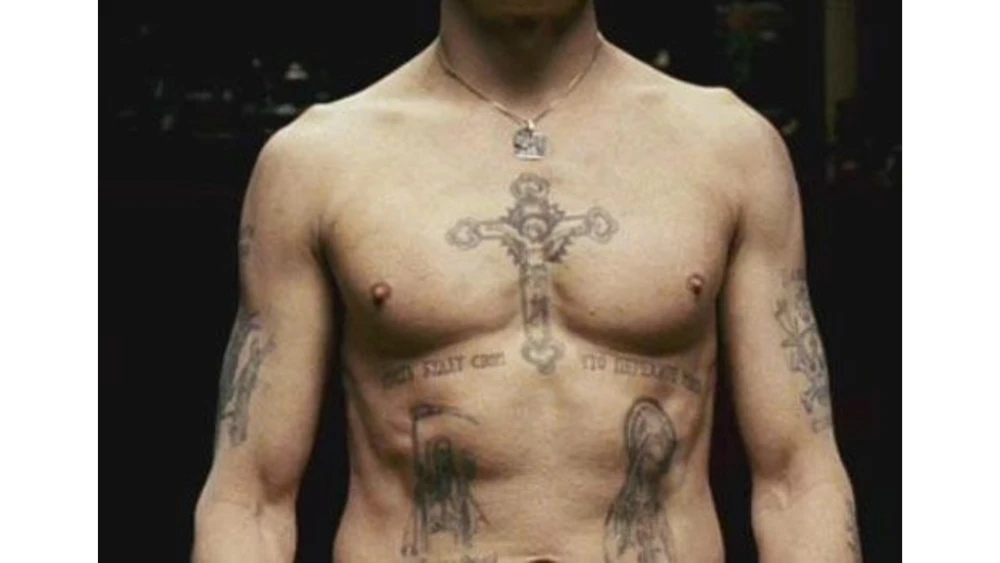
In Russian prisons, a cross tattooed on the chest signifies a high-ranking criminal, sometimes referred to as a “Prince of Thieves.” This tattoo represents power, respect, and authority within the prison hierarchy. Understanding this symbol is crucial for identifying influential figures within the inmate population.
14. A.C.A.B.: Anti-Authoritarian Sentiment
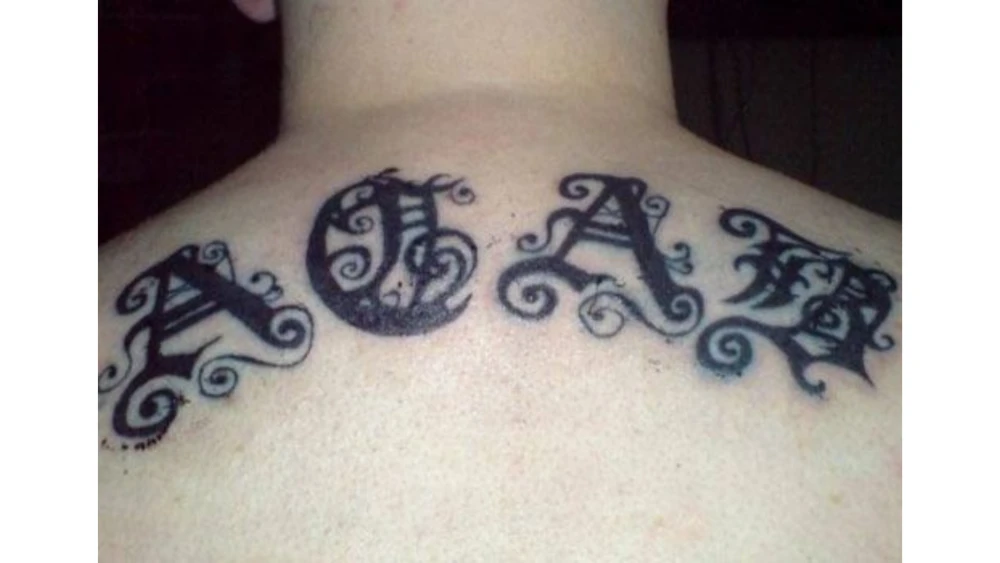
The acronym A.C.A.B., which stands for “All Cops Are Bastards,” is a symbol of defiance against law enforcement and authority figures. Often found on the knuckles, it represents a sense of solidarity among inmates and a shared disdain for police and correctional officers.
15. Five Dots Tattoo: Symbol of Confinement

The five dots tattoo, sometimes called the quincunx, represents an inmate surrounded by four walls. This tattoo, often found on the hand, signifies time spent in confinement and reflects the individual’s status as a hardened prisoner with significant prison experience.
Conclusion
Prison tattoos are a window into the minds and lives of those behind bars. While some inmates see these tattoos as badges of honor or symbols of their identity, others wear them as reminders of their struggles or losses. For correctional officers, understanding the symbolism of these tattoos can be an invaluable tool, helping them to identify gang affiliations, assess potential risks, and navigate the complex social dynamics of prison life.
By staying informed about the ever-evolving language of prison tattoos, officers can enhance their safety, improve their situational awareness, and create a more secure environment for both staff and inmates.


